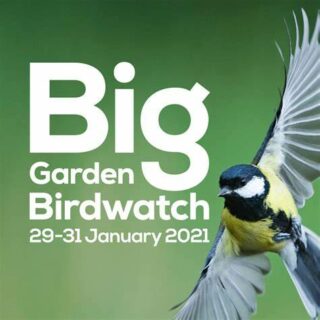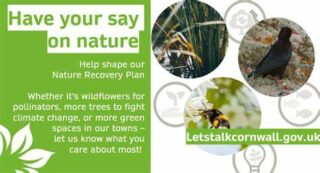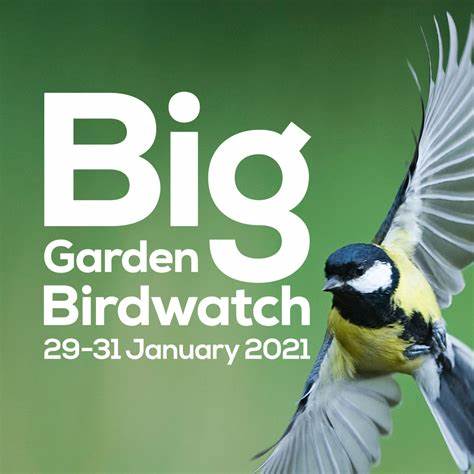It is that time of year when you keep hoping as you wake to a new day that it will be warmer, sunnier, lighter, or drier. However, In January and February we are never quite certain whether we are still in the depths of Winter or the early part of Spring. How confusing and difficult this is for nature.
On warm days you may see your first tortoiseshell or red admiral butterfly, single bee, wasp, or winter midges and hear the croaking of frogs and toads and the start of territorial singing of robin, blackbird, great tit, or skylark, for example.
You will also be delighted by the appearance of snowdrops, narcissi, camellias in flower or magnolias budding; or if you have a pond you could already have masses of frogspawn or strings of toad spawn.
Then the weather reverts to cold and wet, but the promise of what is to come will have raised your spirits.
But cold snaps bring constant difficulty in finding food and warmth for both wild animals and birds. You can give a helping hand by putting out food and water. Particularly interesting is establishing the regular feeding of birds at bird tables or window ledges.
What you put out will influence what turns up. Goldfinches and Siskins love Nyger seed, Great Spotted Woodpeckers love peanuts, Blue Tits and Great Tits love sunflower seed, as do Greenfinches and Chaffinches and most other birds; and Robins love mealworms while all of them seem to love fat balls. I would advise you though to take the food in at nights to reduce the likelihood of rodents becoming regular visitors.
 It is also the last month really for erecting nest boxes or cleaning out the ones you already have in preparation for the oncoming Spring. Birds are now on the lookout for somewhere to nest.
It is also the last month really for erecting nest boxes or cleaning out the ones you already have in preparation for the oncoming Spring. Birds are now on the lookout for somewhere to nest.
I would like to remind you that you can help to see what the status of your feathered visitors and any visiting mammals by taking part in the Big Garden Birdwatch which this year runs during the last weekend of January, from the 29th to the 31.st Visit the website rspb.org.uk/birdwatch for full details, including photos of the birds you might see. It will be a great way of doing something different during “lockdown”.
Cornwall has been selected along with 4 other local authorities to receive considerable funding to help kickstart the recovery of wildlife and nature across England. This could see the creation of more wildflower habitats for pollinators, additional green amenity spaces and new woodlands. This Local Nature Recovery Strategy will map the most valuable sites for wildlife and identify areas where nature can be restored.
This is where you come in. You are invited to pin a spot on a map of Cornwall, (especially, in our case, the Roseland) and write a few words saying how you would like  to see your area developed, in line with the recovery of nature. Time is short, so please submit your comments before 31st January via https://letstalk.cornwall.gov.uk/haveyour say/maps nature-recovery-locally.
to see your area developed, in line with the recovery of nature. Time is short, so please submit your comments before 31st January via https://letstalk.cornwall.gov.uk/haveyour say/maps nature-recovery-locally.
There is a full description of the project if you search for Cornwall Local Nature Partnership, with other opportunities for you to comment too.
COVID-19 restrictions will mean that our planned late February event will have to be postponed. Colin French, eminent author, and nationally acclaimed botanist was due to lead an evening on “A Flora of Cornwall” with reference to the Roseland.
However, I doubt if all will be cleared for public meetings to be resumed for quite a while, so, reluctantly, we will have to wait until better times for his presentation.
Thank you for supporting Wild Roseland.
David Hall. hallruan@aol.com 01872 501429.

